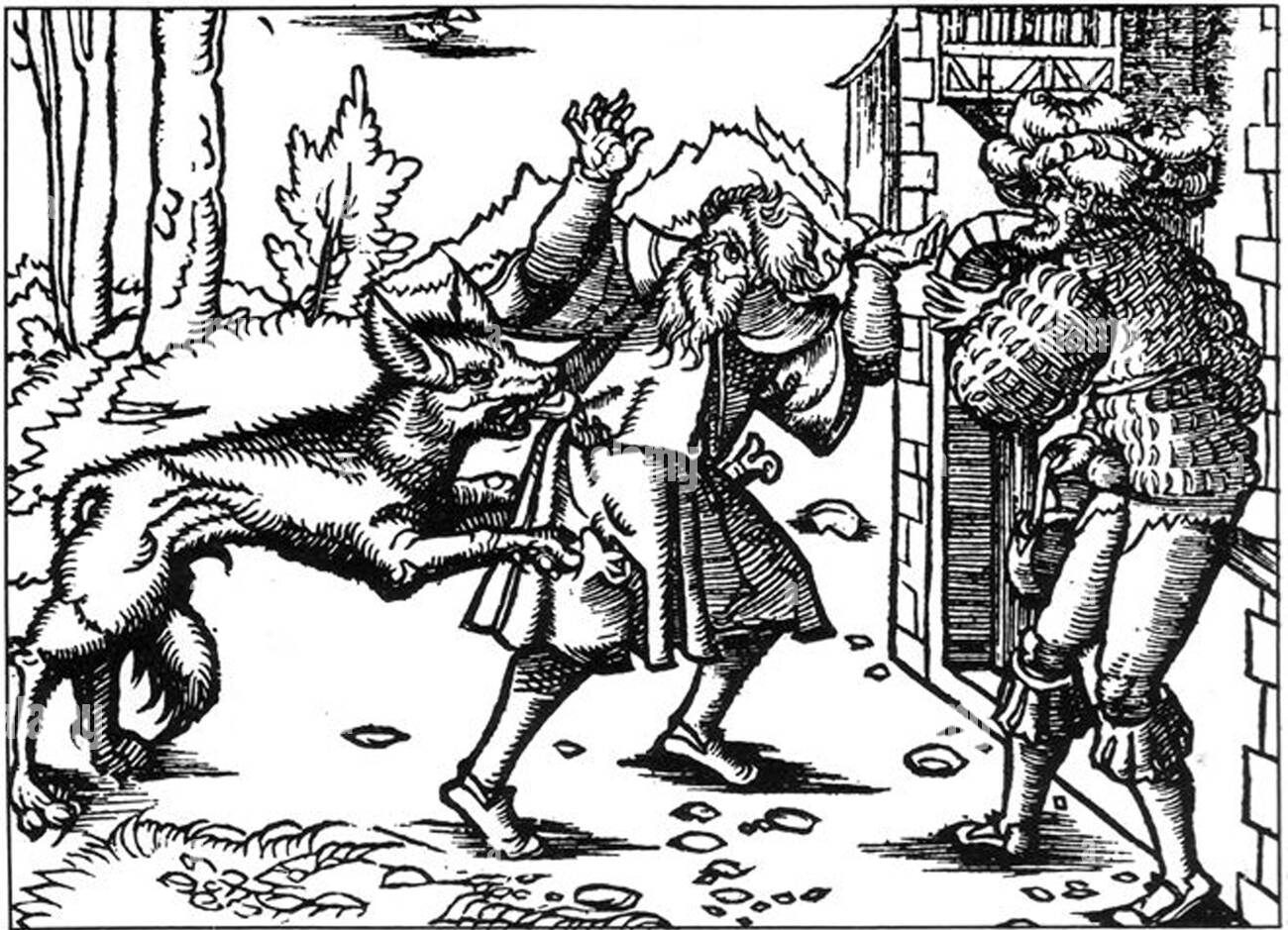- To start this project, Romy has begun to search through secondary sources on medieval disability in order to find relevant primary sources. In this search she has encountered some interesting arguments from historians. On the more ridiculous end: some argue that ugliness itself is a disability, specifically in women. More complicated: the theory that, in medieval literature, werewolves universally act as metaphors for people with ‘madness’ (the origins of the word ‘lunacy’, etc).
- Unsurprisingly: most medieval sources on disability seem to include the more ‘obvious’ kinds of disability, such as blindness, disfigurement, and crippled limbs– things that you can see immediately when you look at a person.
- Disability could be a tool of ‘othering’ entire groups of people, as was the case with the Irish, whose ‘deformities’ were supposedly the result of sexual relations with animals.
- Something striking about the presence of disability in medieval literature: disability is always used as a device to teach a lesson. There is always an important reason why a person is blind or crippled, even though as many (likely more) people in the medieval world would have been disabled as there are today. Overwhelmingly, disability is assigned a moral significance: a person with a disability is being punished by God for something they’ve done wrong, or a person becomes ‘freed’ from their disability by God as a reward for some pious act.
